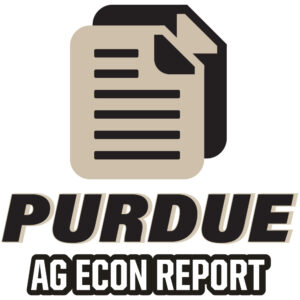Food Price Inflation to Slow
December 13, 2014
PAER-2014-13
Corinne Alexander, Professor of Agricultural Economics
Food shoppers are seeing a period of average food price inflation, with overall food price inflation currently aver-aging about 3.1% in 2014, which is in the normal range between 2.0 and 3.0%. However, this average inflation masks very different scenarios for specific food categories. Food shoppers purchasing meat products are experiencing very high levels of inflation, with beef prices up 17%, pork prices up 10%, while poultry is down slightly at -0.1%. By contrast, food shoppers purchasing cereal and bakery products are experiencing very low levels of inflation at 0.4%. The primary drivers of these divergent food price inflation patterns are: 1) rebuilding of global inventories for major cereal crops due to a favorable growing season in the United States and Europe; 2) continued challenges for the red meat sector to expand from the PED virus in the pork sector and poor pasture conditions in the beef sector.
In October 2014 overall food price inflation was 3.1% compared to October 2013. Food price inflation is com-posed of expenditures at the grocery store and restaurants. Grocery store prices are much more sensitive to commodity prices. Grocery store price inflation was 3.3% which reflects much higher prices for meat and dairy products. Restaurants price inflation is 2.8% as restaurants also benefit from lower energy costs.
Given the favorable U.S. weather conditions in 2014 which resulted in record large corn and soybean crops, US inventories of these commodities have been restored to comfortable levels. Consumers are already seeing the lower prices for cereals and vegetable oils. With a large supply of much less expensive feed, the livestock sec-tor has started to expand production. Consumers will start to see the benefit in early 2015 with lower poultry prices, by summer 2015 with lower pork prices, as well as lower prices for dairy and eggs. The one exception will be the beef sector which will not be able to expand until the long-term drought in the Southern Plains and West breaks and the pastures recover.
